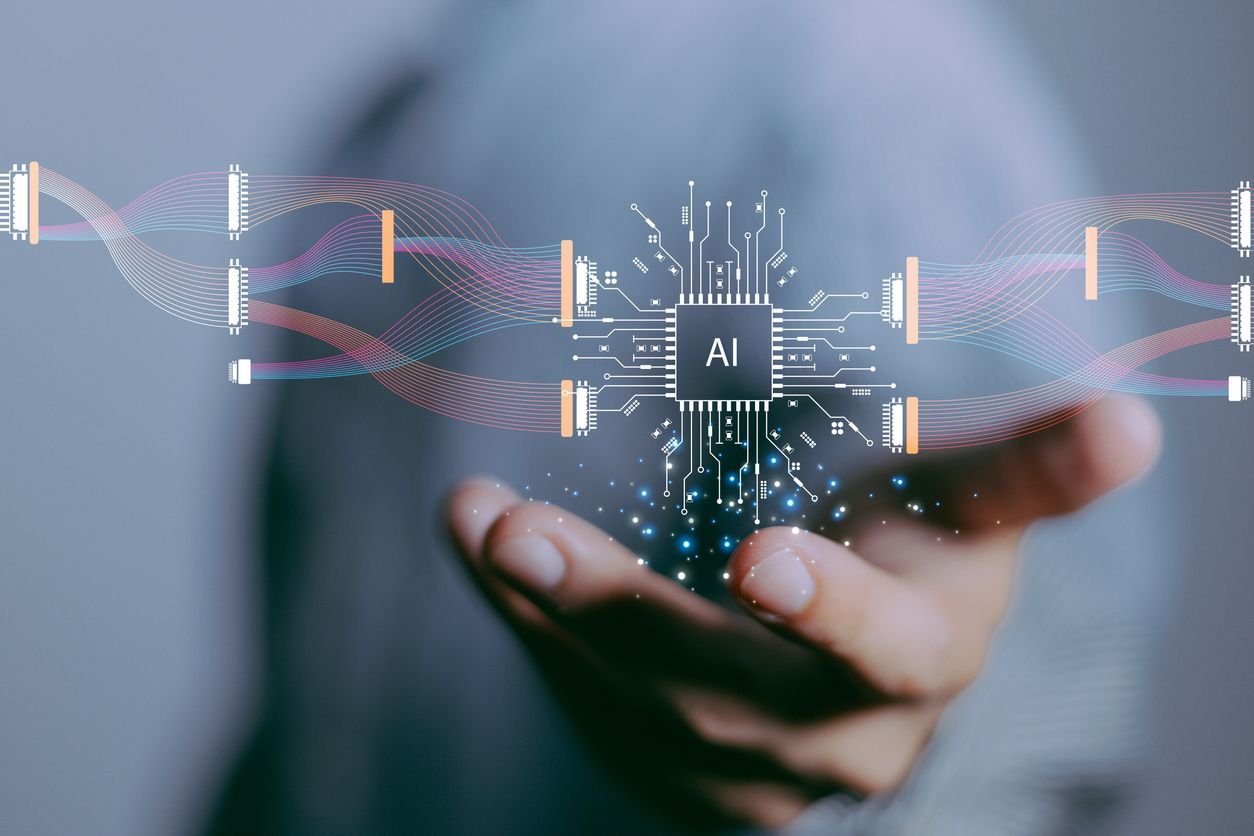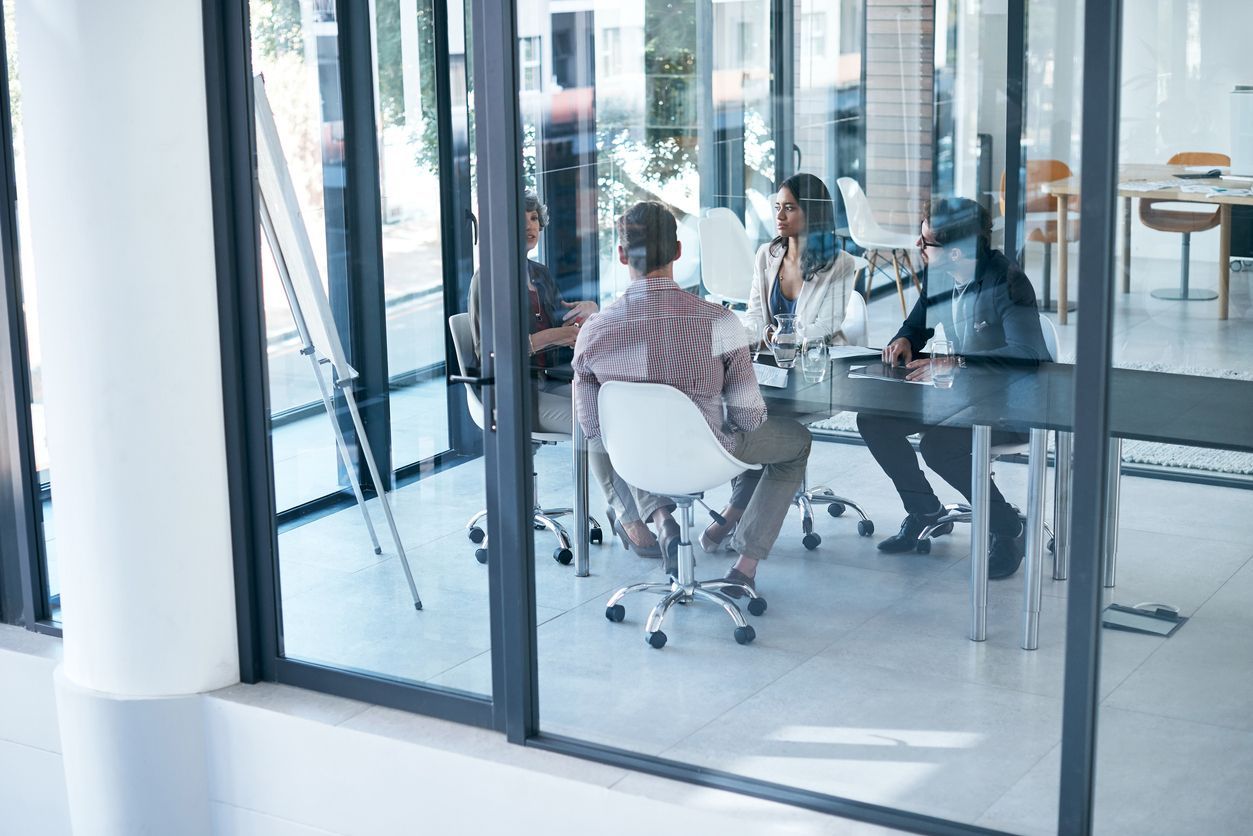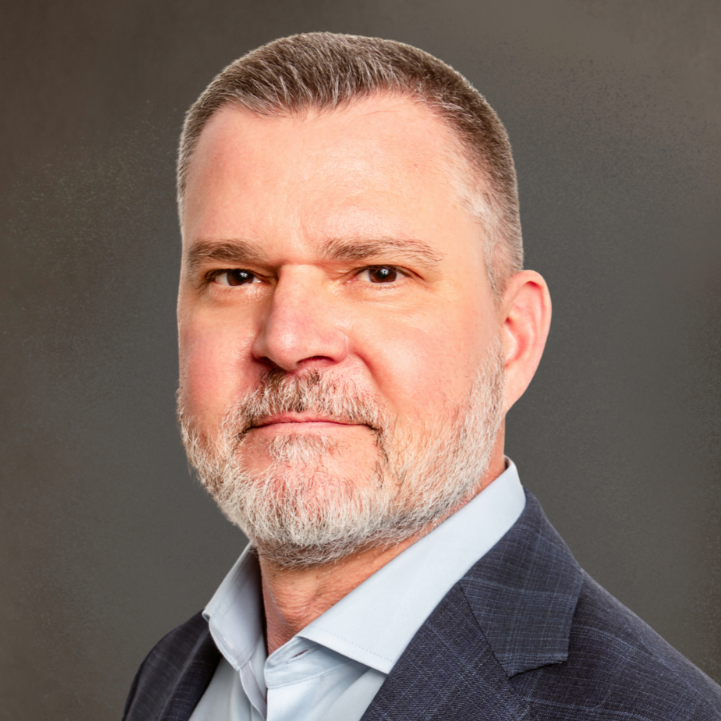August 8, 2024
Optimal Legal Audio (OLA) – an Artificial Intelligence Platform for Oral Arguments

You don’t want to miss the 27 th episode of the Alternative Litigation Strategies podcast where we discuss one of the most innovative and transformative legal technology platforms to hit the litigation marketplace in the last several years – Optimal Legal Audio (OLA). In this episode Certum Group Director, Kevin Skrzysowski , interviews Adam Feldman , a lawyer, political scientist, professor, Supreme Court scholar, and creator of the Empirical SCOTUS Blog, and Badri Narasimhan , an engineer, serial technology entrepreneur, and all-around analytics wizard. Adam and Badri discuss their latest invention – Optimal Legal Audio (OLA) – an artificial intelligent (AI) platform that performs audio and textual analysis of oral arguments to predict judicial decisions. OLA analyzes elements such as word choice, word volume, tonal analysis, and interactions with the bench, to successfully predict votes in State courts, single judge trial courts, the U.S. Supreme Court and more. OLA helps counsel by steering them in the right direction on specific interactions with judges or Justices allowing them to better inform their clients of potential case outcomes. OLA is truly a game changer in Appellate Law.
Recent Content




